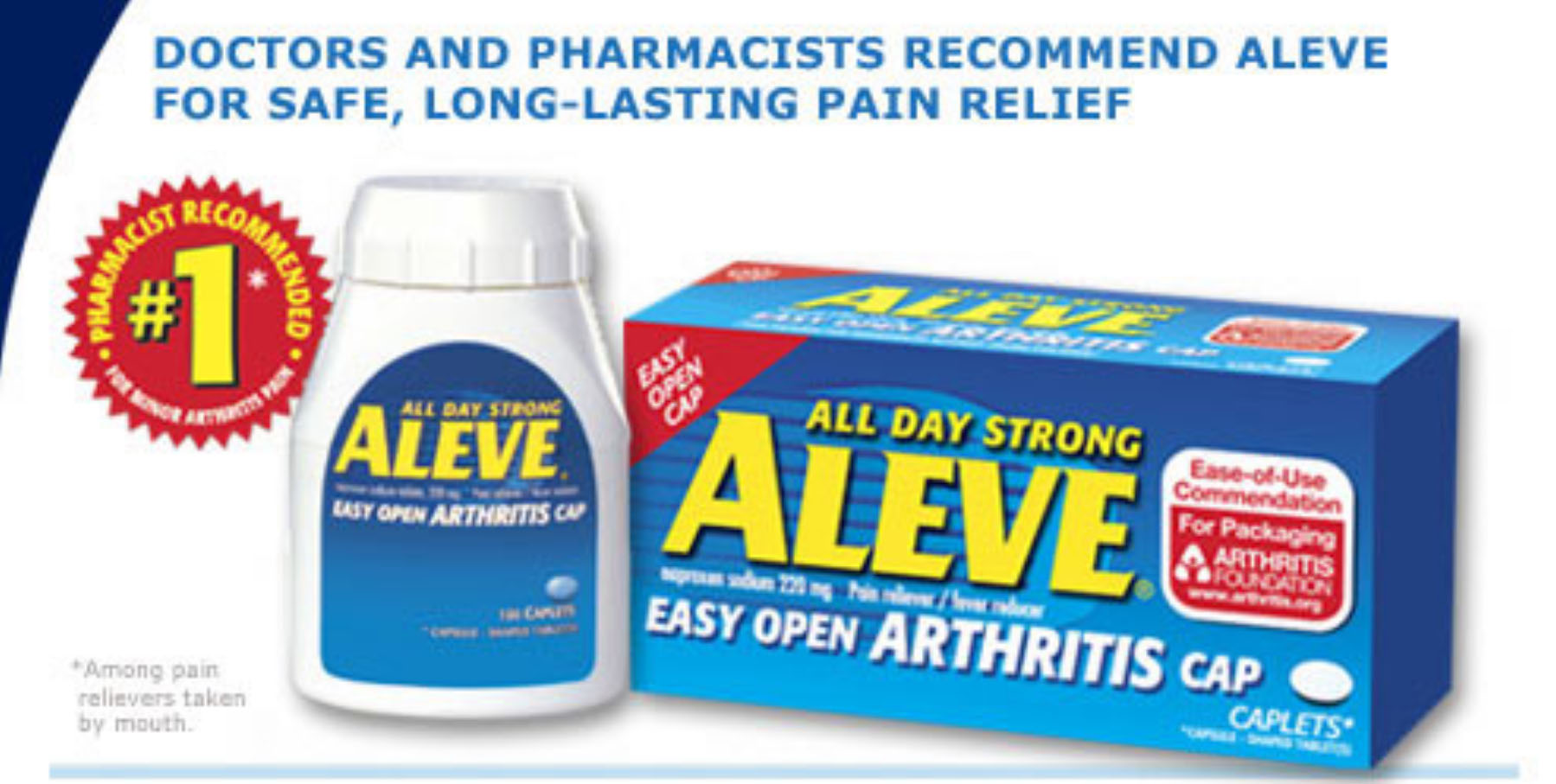
Drug Profile: Aleve
I. Current Therapy
II. Experimental Approaches for Therapy
III. Drug Profile: Aleve
IV. References
A. Fifth Disease and Arthraligia
In general, fifth disease does not require treatment, while some patients with B19-induced arthralgia may need symptomatic treatment of pain with anti-inflammatory drugs like asprin, ibuprofin, and naproxen (Aleve).
B. Aplastic crisis
Patients with B19-induced transient aplastic crisis need blood transfusions to replenish their levels of hemoglobin, after which prognosis is quite good.
C. Hydrops fetalis
Preganant seronegative women should be monitored regularly with ultrasound examinations and cordocentesis (fetal blood sampling). Intrauterine blood transfusions are effective in lowering the fetal mortality.
D. Pure red cell aplasia
Since pure red cell aplasia in immunocompromised patients who are unable to bound a humoral immune response, these patients are given an infusion of immunoglobulin, as a good source of neutralizing antibodies against B19. This treatment usually results in improved reticulocyte (immature red blood cell) count, and its associated rise in hemoglobin, improving and often curing the anemia.
(Heegaard, 2002)
A) Neutralizing antibodies against the virus
Neutralizing human monoclonal antibodies given as intravenous immunoglobulins (passive immunity) have been shown to successfully treat chronically infected individuals (HIV-infected patients and organ transplant recipients) and acutely infected pregnant women who have B19-associated pure red cell aplasia (Mouthon 2005).
It was found that monoclonal antibodies specific for the B19 structural proteins robustly neutralize the virus. The VP1- and VP2-specific MAbs can neutralize 50% of infectious parvovirus B19 in vitro (Andreas 1999).
B) Blocking antibodies against the cellular receptor
Because the cellular receptor for B19 has been identified as globoside, or erythrocyte P antigen, it was hypothesized that blocking this antigen may serve as a therapy to protect erythroid progenitor cells from infection. It was found in tissue culture that excess soluble globoside or anti-P monoclonal antibody could effectively protect erythroid progenitor cells from B19 infection (Fields 2368).
This hypothesis was consistent with the observation that individuals lacking the P antigen are not susceptible to B19 infection.

This image was obtained from Aleve. Available Online. http://www.aleve.com/about.html, Accessed November 16, 2005
A) Background
Aleve is a brand name for naproxen, which is in a class of drugs called nonsteroidal anti-inflammatory drugs (NSAIDs). Aleve is used to reduce pain, inflammation, and stiffness. These symptoms may be caused by a variety of conditions, including osteoarthritis, rheumatoid arthritis, gout, injury, abdominal cramps associated with menstruation, or tendinitis.
B) Mechanism of Action
Aleve inhibits prostaglandin synthesis through reducing the formation of its chemical precursors by decreasing the activity of the enzyme, cyclooxygenase.
C) Dosing (for adults)
Rheumatoid arthritis: 500-1000 mg/day in 2 divided doses
Mild-to-moderate pain: Oral: Initial: 500 mg, then 250 mg every 6-8 hours
D) Pharmacokinetics
Onset of action: Analgesic: 1 hour; Anti-inflammatory: ~2 weeks
E) Warning
Naproxen’s associated risk for cardiovascular (CV) events and gastrointestinal (GI) bleeding has led the Food and Drug Administration (FDA) to mandate that all labels be revised to include a boxed warning describing these risks.
Labeling Changes Announced for Nonsteroidal Anti-Inflammatory Drugs (NSAIDs), Update - June 15, 2005
A) Current/Experimental Therapy for B19
Andreas Gigler, Simone Dorsch, Andrea Hemauer, Constance Williams, Sonnie Kim, Neal S. Young, Susan Zolla-Pazner, Hans Wolf, Miroslaw K. Gorny, and Susanne Modrow. “Generation of Neutralizing Human Monoclonal Antibodies against Parvovirus B19 Proteins.”J Virol. 1999 March; 73(3): 1974–1979.
Erik D. Heegaard and Kevin E. Brown. “Human Parvovirus B19.” Clin Microbiol Rev. 2002 July; 15(3): 485–505. doi: 10.1128/CMR.15.3.485-505.2002.
Knipe and Howley. Fields Virology. 2005.
Luc Mouthon, Loïc Guillevin and Zera Tellier, Intravenous immunoglobulins in autoimmune- or parvovirus B19-mediated pure red-cell aplasia, Autoimmunity Reviews, Volume 4, Issue 5, June 2005, Pages 264-269. (http://www.sciencedirect.com/science/article/B6W8V-4DSPTXP-1/2/0ebeb6de90fd00e8e302240deb4d1723)
B) Drug Profile: Aleve
For more information on the FDA website: http://www.fda.gov/bbs/topics/news/2005/NEW01171.html
Aleve. Available Online. http://www.aleve.com/about.html, Accessed November 16, 2005
Drug Information Online. “Aleve.” http://www.drugs.com/aleve.html, Accessed November 16, 2005
UpToDate Online. “Naproxen: Drug Information.” Available online. http://www.utdol.com/application/topic.asp?file=drug_l_z/176586&drug=true, Accessed November 16, 2005